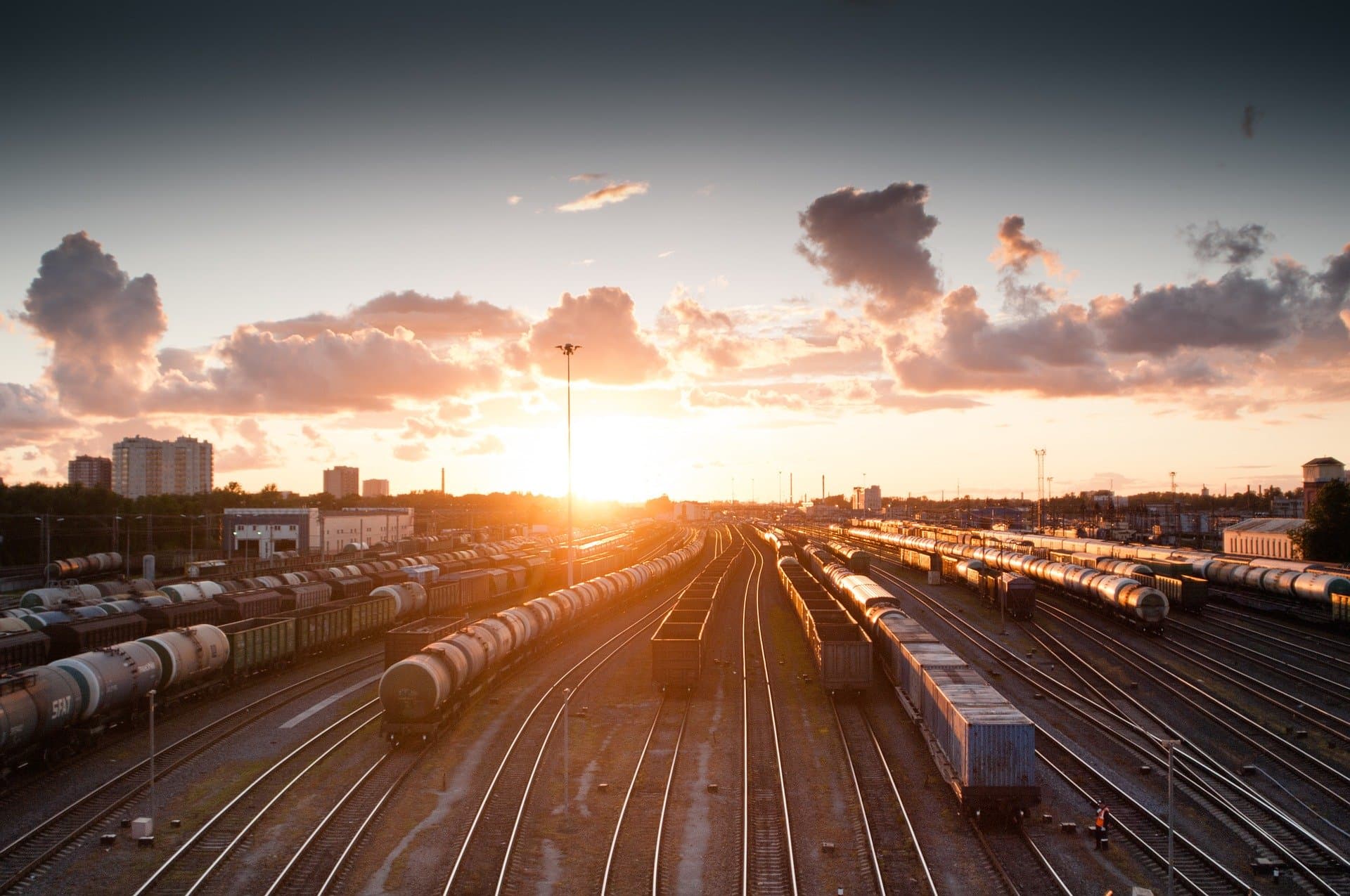Edge analytics brings analytics to the location where the data is collected
Edge Analytics consists of multiple techniques that bring data collection, analysis, and processing to the network's edge. This means that the computing power and data storage are located where the actual data collection happens. You might have come across to other similar terms, such as edge computing, but practically, all of these mean the same thing.
The network's edge depends on the use case - it could be a mobile phone, IoT-device, self-driving car or a cell tower.
Internet of Things could not work without Edge Analytics. With edge, machines and devices are able to make independent decisions and it is not necessary to send information to a central location and wait for it to be processed and returned. The device itself has enough computing power to produce the necessary analytics.
The transition from data centers to cloud - and from cloud to edge
Edge is not a new concept. However; cloud computing, machine learning, and the overall development of technology have sped up its breakthrough. For example the 5G network should increase the popularity of edge techniques even further. We can only wait and see what the will future bring.
What then is not edge? For example, Apple's virtual assistant Siri does not utilize edge. The collected data from human speech is sent back to the cloud, where the actual analysis takes place. After this, the processed information is sent back to the device. You might have witnessed this phenomenon yourself: if your internet connection is poor, there is a noticeable latency in speech recognition.
What are the benefits of Edge?
Edge is often the only way to produce real-time analytics
Transferring computing to the location where the data is collected essentially eliminates latency. In information technology, the term latency refers to the amount of time the data packet takes to travel from the sender to the recipient and back.
Think about a train that travels 200 kilometers per hour. If you'd need to know its exact location on the tracks - the analytics must work quite fast. When the exact location of the train is known at all times, the whole train traffic becomes more efficient and faster. At the same time, risks of accidents diminish.

Edge brings many benefits compared to the cloud-based analytics. Here are the benefits in a nutshell:
1. The possibility to analyze streaming data and produce real-time analytics: Analysis can be done in a fraction of a second. For example, when it comes to self-driving cars, a delay of even one second in braking could cause a deadly accident.
2. Security: Edge often operates in a closed network, which makes stealing information harder. Less data in the cloud means less opportunities for online attacks. Also, it is harder to bring down a network consisting of multiple devices. Generally you can say that anything that has a security element, must be done on the edge. Think about the self-driving car as an example again: you don't want to risk the internet connection being poor.
3. Scalability: Data is no longer stored in a central location, which allows you to collect much more data and do analytics faster.
4. Edge saves bandwidth in addition to time: Reduces the need for data transfer.
5. Enables automation: There are hundreds and hundreds of different sensors in a self-driving car that constantly measure e.g. the speed of tire rotation and the position of the vehicle. The driving computer can make the necessary decisions regarding steering, braking and the use of throttle based on the collected data from the sensors - automatically.
6. Reduces costs: Due to minimized bandwidth, scalability of analytics and reduced latency in making critical decisions, edge may also bring significant cost reductions for your organization.
Examples of different use cases of Edge
The most common example of edge computing is a self-driving car, but there is a lot more to it – you don't have to spend millions or even billions to utilize edge analytics.
Edge computing and analytics are used in many domains, such as video analytics, machine vision, sensor fusion, and in location intelligence.
💎 In video analytics a video stream is divided into frames, each of which is analyzed applying methods based on machine learning. From these picture frames it is possible to identify figures, shapes, quality issues, or even something as abstract as moods of the people, and in real-time. Read more about video analytics here.
💎 What has location data to do with edge analytics? GPS-positioning is not always reliable and accurate enough. Also, no known positioning method works reliably in all conditions and places alone: GPS signal is lost in tunnels, video analytics fails in a snowstorm, magnetic sensors can easily be interfered with metal objects. When there’s a need to locate autonomous, fast moving objects extremely accurately and reliably, sensor fusion analytics comes to rescue. Sensor fusion means that we aggregate data streams from several different data sources and analyze this data often in real-time. Data sources include, but are not limited to, sensors, satellites, magnetic positioning devices, and video data of the surroundings.
💎 In utilities, Smart Grid enables the usage of renewable energy, elasticity of demand, decentralized energy production and monitoring and predicting consumption. However, smart grid requires different devices to communicate with each other. Because of this, cloud-based computing is simply not enough. It would be impossible to control the smart grid without analyzing massive data sets in almost real-time. New GPU-based solutions take us a big leap towards a truly smart grid.
Meet with us!
Topics: Video Analytics, Edge Analytics













